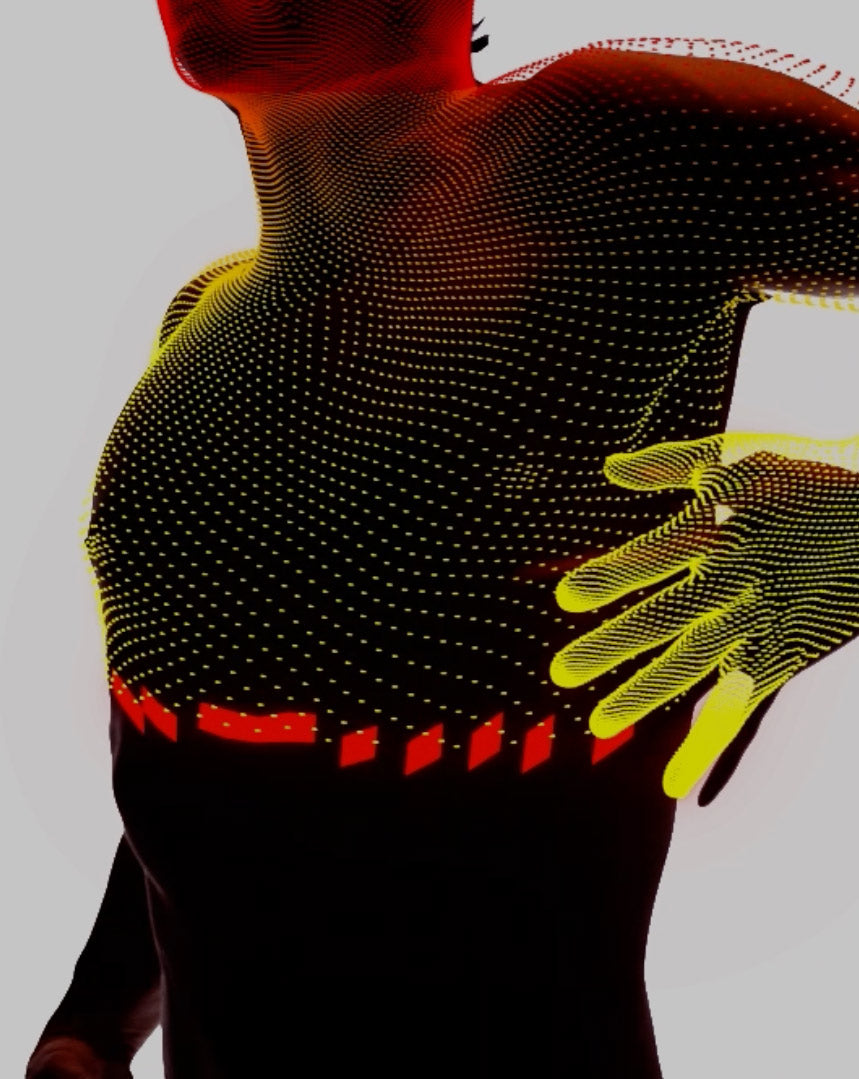Iron is everywhere. Literally. From the gasses of deep space to the Earth’s core, and the blood that courses through your veins.
Hard to fathom, because it takes billions of years to form iron through the process of nuclear fusion, deep inside supergiant stars. When these stars inevitably go supernova (aka explode), they release their contents as vast clouds of dust and gas, containing many of the elements that make up the known universe. Including iron.
Later on, new generations of stars are formed from this debris, which is exactly how our little solar system got going, including the Earth and every thing on it.
So yes, we are all made of stardust (thanks Moby).
IRON CORE

Without this molten interior, our atmosphere would be destroyed, and life as we know it would come to a grinding halt.
Although our beautiful blue marble is 71% water on the outside, inside its mostly iron in both the solid inner, and liquid outer cores.
This liquid iron core serves the remarkable function of generating our Magnetosphere, the magnetic field which protects the Earth from cosmic rays and the charged particles of solar winds. Without this molten interior, not only would we float away, but our atmosphere would be destroyed, and life as we know it would come to a grinding halt.
Not only that, but iron is also one of the building blocks for life. It is estimated that every human body contains approximately 4 grams of iron, mostly within the haemoglobin in our blood that carries oxygen from the lungs to the rest of the body.
Yep, iron is kind of a big deal.
IRON MAN

Iron brought with it revolutionary changes in the way people lived their daily lives, affecting everything from agriculture to warfare.
Archaeologists have discovered evidence that humans have been using iron for over 7000 years, almost certainly derived from fallen meteorites. The ancient Egyptians had a name for this phenomenon – ba-na-pe – which translates to ‘Metal of Heaven’ and, it’s thought that the word ‘iron’ itself derives from the Anglo-Saxon word ‘iren’, meaning "holy metal".
Due to the extreme scarcity of meteorites falling in just the right place to be made use of, many cultures considered iron to be a gift from the gods. And it was eye-wateringly expensive as a result – according to Assyrian texts, iron was so rare that it cost roughly eight times more than gold!
It is not known exactly when or where ironworking originated, but evidence suggests that the first people to realise they could transform iron ore into sturdy iron tools were in West Africa and Southwestern Asia, around 2000-1500 BCE.
Historians speculate that the invention was accidental and involved a piece of ore falling into fire. After seeing it cool down and turn to wrought iron, our ancestors decided to recreate the process, and in doing so, drag the world into the Iron Age.
LODES OF ATTRACTIVE PROPERTIES

It was the discovery of lodestones that really changed the course of human history by leading to the invention of the compass.
Somewhere around 1200 BCE, iron reached the Assyrians, and they promptly started using it to great effect for their tools and weapons, propelling their culture and victories. Iron reached Europe roughly 200 years later and some sources suggest the Celts were the first to get hold of it, using it again, to make innovative and sturdy weapons with which to wage war.
Around 750 BCE iron gained importance in Rome, becoming widely used for implements such as nails and saws, chariots, weapons like spears and axes, fishhooks, farming tools and even beds. Iron weapons contributed to Rome conquering the world, but also to its downfall in later years once in the hands of the barbarians.
But it was the discovery of lodestones – iron-bearing minerals that are naturally attracted to each other – that really changed the course of human history by leading to the invention of the compass.
Ancient Chinese records suggest the emperor Hoang-Ti used lodestones as early as 2700 BC to lead troops through thick lowland fog, in pursuit of his enemies. 2000 years later in 600 BCE, the Greek scientist Thales of Miletus, was the first to use an early version of a compass made from lodestones to navigate his way through the Aegean.
FROM ORE TO STEEL TO SKYSCRAPER

Adding carbon to molten iron creates steel – arguably the most important building block of the modern world.
With the advent of smelting furnaces, iron could be heated to higher temperatures. This made it much stronger than before, paving the way for the Industrial Revolution’s plethora of steam engines, heavy machinery and bridges.
But it was the discovery that adding carbon to molten iron resulted in an incredibly tough metal, that led to the invention of steel – arguably the most important building block of the modern world.
With this new, stronger metal, mankind suddenly had the tools to build much bigger, higher buildings. The age of the skyscraper, with its reinforced steel framework, had begun. But we didn’t stop there – the new wonder metal made possible the automobile, aeroplane and ultimately, electronics.
THE ORE-FUL TRUTH

Australia is the single largest producer of raw iron ore in the world, yet mining poses a very real threat.

Sadly, despite all its many uses, extractive mining for iron ore contributes to climate change by permanently and irreversibly damaging the environment: contaminating ground and surface water, as well as negatively affecting air quality, biodiversity and landscape stability.
Australia is the single largest producer of raw iron ore in the world, at around ~800 million metric tons per year – fully double the second-largest producer, Brazil. Over the last 10 years our export volumes have increased 200%, deepening our economic reliance on China (the world’s largest steel producer), who alone accounts for ~80% of our iron ore exports.
And because our iron ore is of an exceptionally high grade, it is also our single largest export, worth $63 billion a year to our economy. Hardly surprising then that any talk of ceasing mining operations have been met with lodes of resistance from both corporations and the government.
ORE-INSPIRING
It’s interesting to note that as humans look beyond our planet towards colonising other stars, the rockets propelling us will be made from the very same iron that played such an important part in the creation of our universe.
So, whenever you slip one of our stylish, limited edition Iron Ore coloured Magic Fit® T-shirts over your head, take a moment to reflect on how it not only makes you look like a star, but also makes you a part of them as well.










